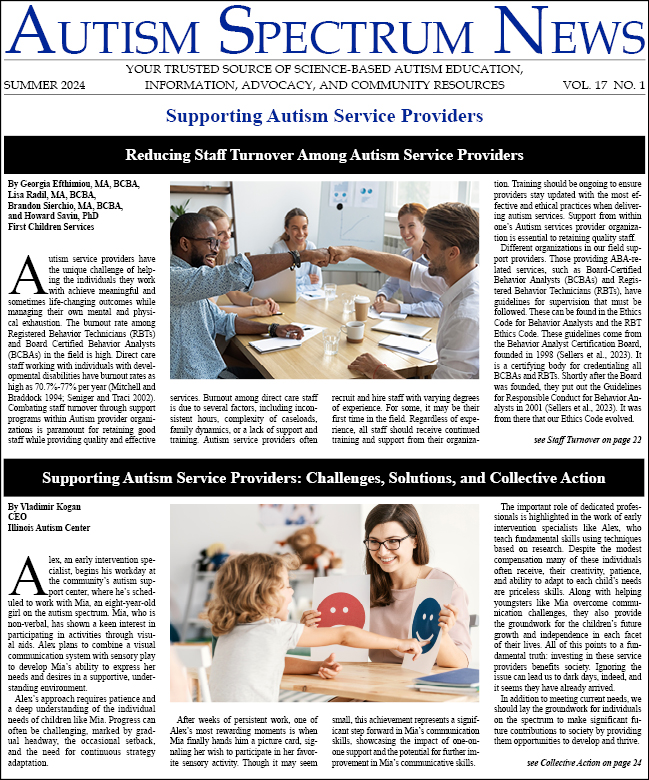-
The Silent Roadblock: Understanding the Ripple Effects of Feeding Difficulties on the Spectrum
While it’s widely documented that autism spectrum disorder (ASD) affects social interaction, communication, and behavior, there is a less spotlighted, yet pivotal, piece to these neurodivergent children: feeding difficulties. It’s estimated that up to 80% of autistic children have some form of...
-
Evaluating and Treating Restrictive Eating in Children with Autism
Picky eating is common for children with autism spectrum disorder (ASD). Autistic individuals often show atypical eating patterns and have more difficulty with mealtime behaviors in comparison to their non-autistic peers (Christensen et al., 2019; Mayes & Zickgraf, 2019; Sharp et al., 2013)....
-
Why So Many Autistic Individuals Have Eating Disorders
Eating disorders have a devastating effect on the lives of those affected and are associated with the highest mortality rates of all mental illnesses. While they can affect anyone, there is a higher incidence of people with autism who have eating disorders compared to the general population....
-
A Selective Eating Program: MEALLS Making Eating A Lifelong Learning Skill
Feeding and eating problems, such as selective eating, is common among individuals with Autism Spectrum Disorder (ASD). The prevalence of feeding problems in children with ASD is reported to be as high as 90%, with around 70% of individuals being described as picky eaters (Twachtman-Reilly et al.,...
-
Understanding Dietary Distress, Forced Eating, and Food Deserts While Autistic
My name is Sylvia, and I’m an Autistic adult with sensory hypersensitivities that mainly affect my eating, which I’m choosing to call dietary hypersensitivities, or, more simply, food/drink hypersensitivities. For me, these hypersensitivities are oversensitivities based on any combination of...
-
Obesity and Related Issues in Individuals with ASD: The Scope of the Problem and Potential Solutions
Obesity is a major problem around the world and in the United States for individuals with and without disabilities. The World Health Organization (2011) identified childhood obesity as one of the most serious public health risks in this century (Alwan, 2011). Obesity rates in the United States have...
-
Exercise and Dietary Choices: Practical Advice Drawn from a Review of Current Literature
Obesity rates for children in the U.S. have risen significantly over the last decade. Currently one third of all children between the ages of 2 and 19 years in the general population are described as overweight or obese (Curtin, Jojic, & Bandini, 2014). Drawing from data provided in the...
-
Rumination: Past, Present, and Future
Rumination is characterized by regurgitation of previously ingested food into the mouth, and re-chewing, re-swallowing or expelling that food (Chial, Camilleri, Williams, Litzinger, and Perrault, 2003). Although rumination is typically observed in infants and individuals with developmental...
-
Common Mealtime Concerns in Individuals with ASD
Feeding problems in children with ASD may include selective eating or “picky eaters,” rapid eating (child takes numerous bites within a short period of time), inappropriate mealtime behaviors (e.g., tantrums), and inadequate intake/food consumption. These behaviors can lead to numerous health...
-
Managing Picky Eating in Children with Autism Spectrum Disorders
Chicken nuggets, french fries, chips, cookies, and juice. Chicken nuggets, french fries, chips, cookies, and juice. The cycle repeats over and over again; breakfast, lunch, and dinner. Day after day after day. Sometimes, you’ll try to switch out the regular chocolate chip cookies with reduced...





